20 ohm resistor plays a key role in a variety of applications. Whether you're working on power supplies, audio circuits, or LED projects, understanding the properties and uses of a 20 ohms can help you achieve better control over your circuit designs.
In this guide, we’ll explore everything you need to know about the 20-ohm resistors, from its basic function to its different types, color codes, tolerance ratings, power dissipation capabilities, and common uses. Whether you’re a beginner in electronics or a seasoned engineer, this comprehensive overview will help you get the most out of this versatile resistors.
5. Common Applications of 20 Ohm Resistors
7. Frequently Asked Questions [FAQ] About 20 Ohms Resistor
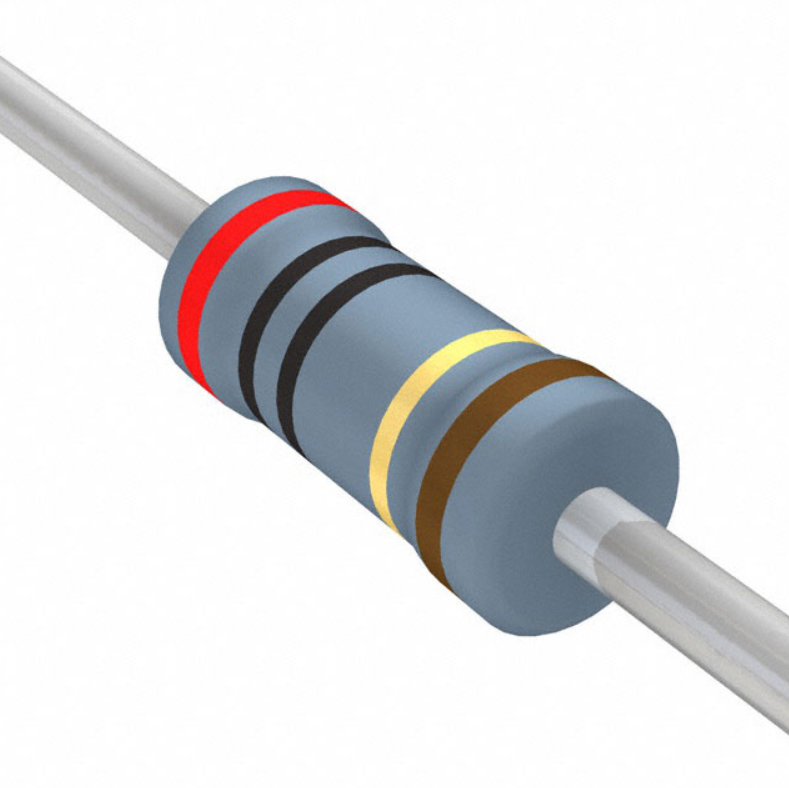
What is a 20 Ohm Resistor?
20 ohms is a passive electronic component use to limit or regulate the flow of electric current in a circuit. Its value of 20-ohms refers to the amount of resistance it provides to the electrical current, according to Ohm’s Law (V = I R). In simpler terms, when apply a voltage across the resistor, it resists the flow of current, and the amount of current that passes through is inversely proportional to the resistance value.
20 Ohm types are useful in almost all electrical and electronic circuits. They can protect delicate components from excessive current, divide voltages within a circuit, or regulate the flow of current to ensure safe operation. For example, in an LED circuit, a 20 Ω can prevent too much current from passing through the LED, ensuring it doesn’t burn out.
20Ω resistors are available in various forms, including through-hole types and surface-mount devices (SMD), in various power ratings, from low-wattage (1W) to high-wattage (500W) versions. Each type and size design for specific applications, offering the right balance between power handling, size, and accuracy.
Circuit designers can use this component to precise control over current and ensuring the longevity and safety of electronic components.
Types of Resistor 20 Ohm
20Ω come in different packing types depending on the needs of the circuit. These packages determine how the resistor mount and connect to the PCB (printed circuit board). Let's take a closer look at the Through-Hole and Surface-Mounted (SMD) package types for 20 Ω:
Through-Hole:
Axial Resistor: Have leads that come out from both ends of the circuit, and the component typically mount through a hole in a PCB (printed circuit board).
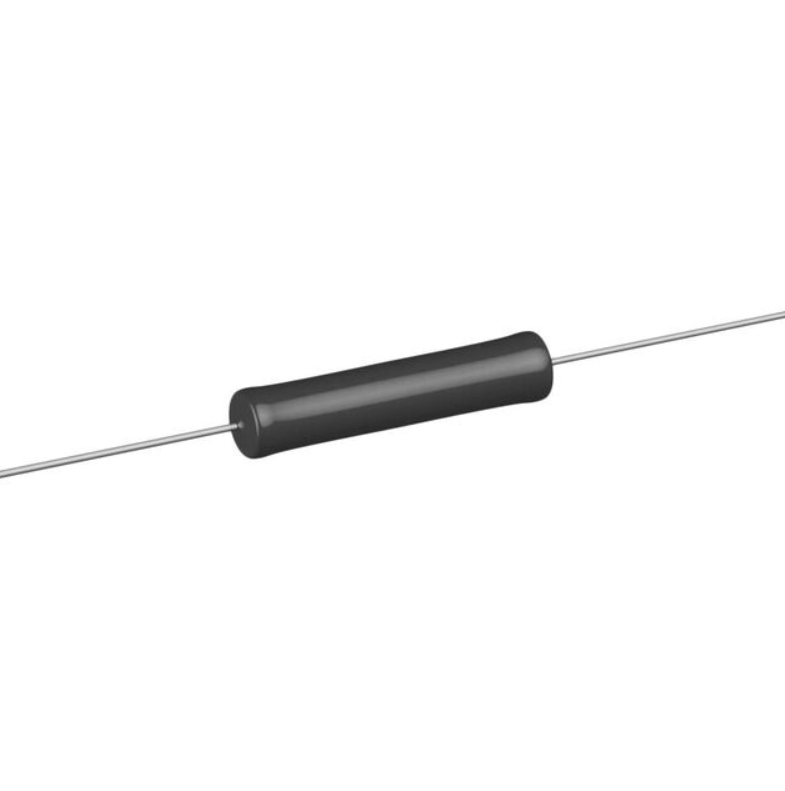
Radial Resistor: Have leads that extend radially from one side, making them suitable for automatic insertion on PCBs. They typically use in low-power applications and mount directly onto a PCB.
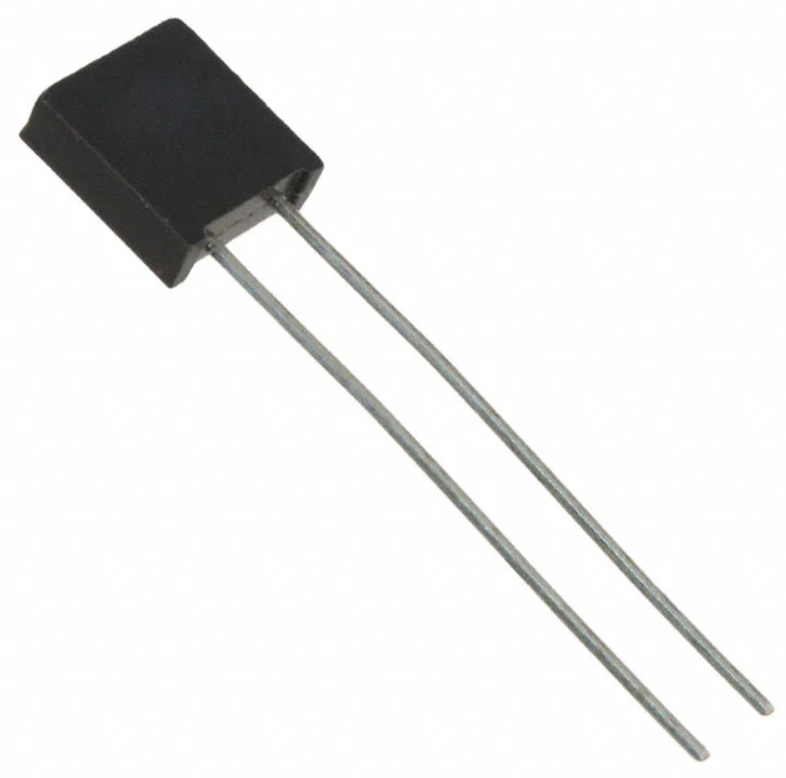
Resistor SMD 20 Ohm:
Surface-Mounted packages are compact and directly soldered onto the surface of the PCB, which makes them ideal for modern, compact electronics where space is at a premium. SMD is smaller than through-hole types and offer higher efficiency in automated manufacturing.
Here are some of the most common SMD package sizes for 20 ohms:
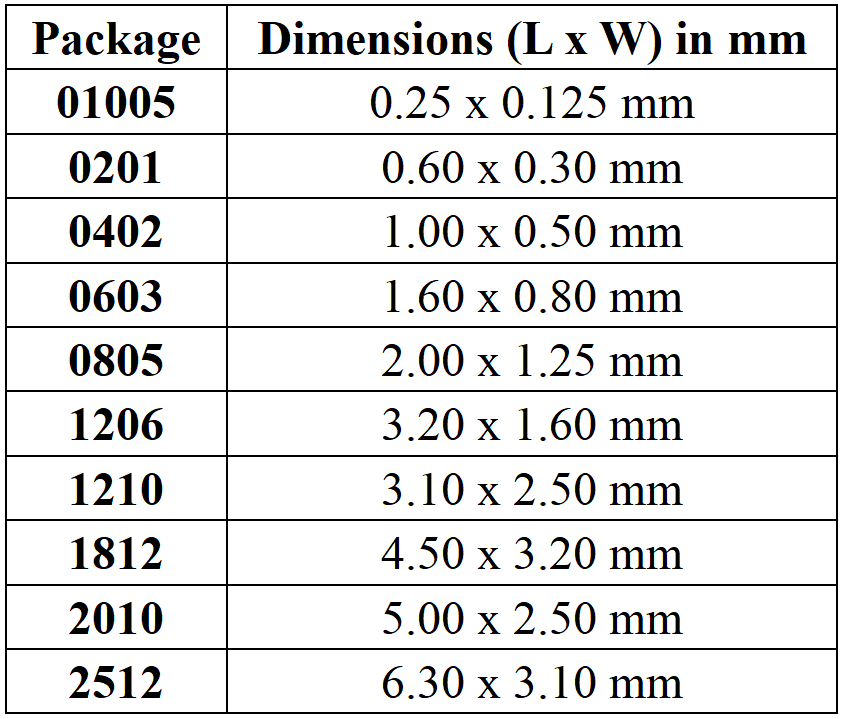
These sizes represent the physical dimensions of the resistor. Smaller sizes such as 01005 and 0201 use in compact electronic devices such as smartphones or wearables.
The choice between Through-Hole and SMD types depends on the space available, the manufacturing process, and the power requirements of the circuit. While Through-Hole such as axial and radial offer ease of handling and mechanical stability, SMD packages offer space efficiency and prefer for modern, compact designs. SMD types come in a range of sizes to cater to various needs, from compact devices to higher-power applications.
Resistor Types:
Carbon Film Resistor
Made by depositing a thin carbon layer on a ceramic substrate. Ideal for low-precision, general-purpose applications such as consumer electronics. However, they can generate more noise and are less stable compared to other types.
Metal Film Resistor
Constructed by applying a metal layer onto a ceramic core, offering better precision (±1% tolerance) and stability. These commonly use in high-accuracy circuits such as audio systems and measurement tools but are not ideal for high-power applications.
Metal Oxide Film Resistor
Made by coating a ceramic core with metal oxide, these resistors are heat-resistant and handle higher power better than carbon or metal film types. They use in industrial, automotive, and power applications, though they have slightly higher tolerance than metal film type.
Wirewound Resistor
These types create by winding a metal wire around a core. They offer high accuracy and can handle large amounts of power. However, they are inductive and not suited for high-frequency applications. Commonly use in power supplies and precision measurement circuits.
Tolerance and Power Rating
Tolerance represents the allowable variation from the nominal value, indicating how precisely the resistor's actual resistance matches its labeled value.
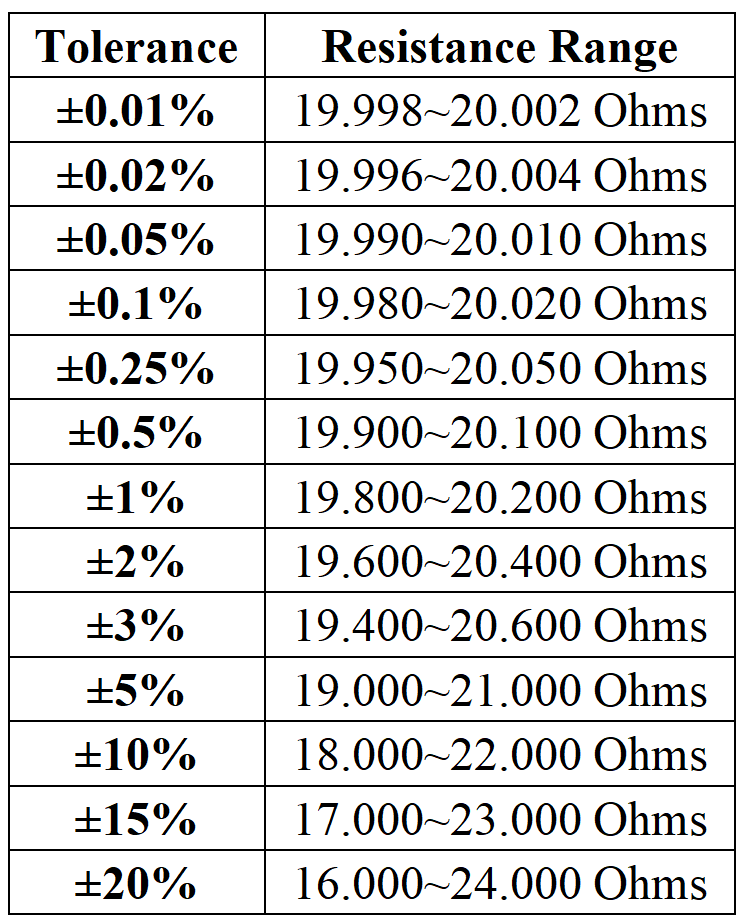
Power ratings indicate the maximum amount of power the resistor can dissipate without being damaged. If the resistor dissipates more power than its rated value, it may overheat, leading to failure.
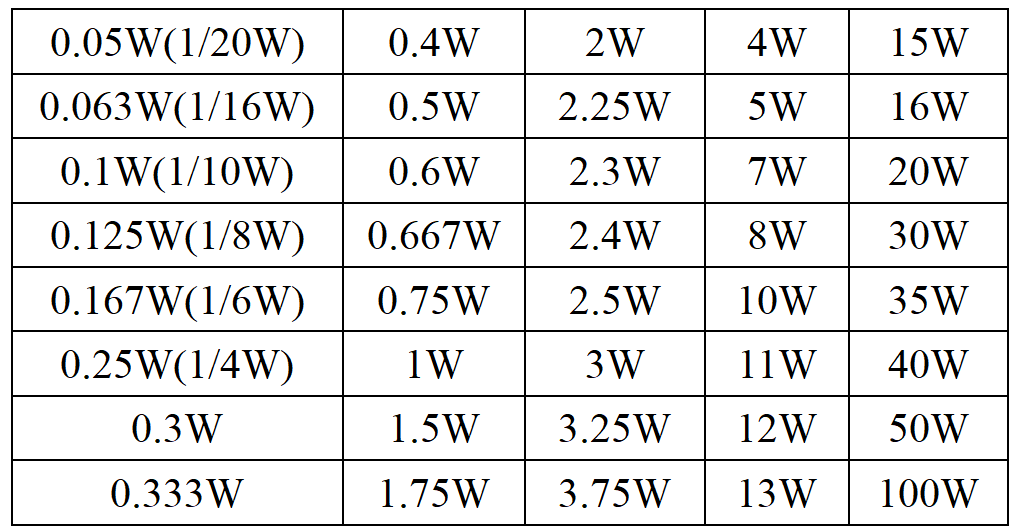
For a 20 Ohms, the following wattage ratings are common:
20 Ohm 1 Watt Resistor
Suitable for low-power applications, where the power dissipated is relatively small. Commonly use in signal circuits, low-power electronic devices, and general-purpose applications.
20 Ohm 2 Watt Resistor
2W can handle slightly more power and use in situations where require moderate power dissipation, such as in voltage divider circuits or low-power amplifiers.
20 Ohm 3W Resistor
Can handle more heat than the 1-watt and 2-watt variants, making it suitable for power-sensitive applications such as small power supplies or motor drivers that require a bit more power handling capacity.
20 Ohm 5 Watt Resistor
Ideal for medium-power circuits, such as LED drivers, small power supplies, or audio amplifier circuits where require heat dissipation to maintain safe operation.
20 Ohm 10 Watt Resistor
Use for applications requiring higher heat dissipation, such as power converters or larger audio systems. Capable of handling a significant amount of current and heat.
Resistor 20 Ohm 20 Watt
Use in power electronics and larger power supply systems, where significant amounts of power are handled. Often seen in industrial applications where need heat management.
20 Ohm 25 Watt Resistor
Use in situations with high power demand, such as electric motor control or power distribution circuits. It can dissipate more heat and often use in robust industrial systems.
20 Ohm 200W Resistor
Use in high-power applications, such as large electric motors, heavy industrial equipment, or high-end audio systems that require substantial current control and heat dissipation.
20 Ohm 500 Watt Resistor
Typically use in high-power scenarios, such as power transmission systems, high-performance motors, and large-scale industrial applications. They can dissipate a significant amount of heat and are built for extreme environments where need cooling and heat management.
20 Ohm Resistor Color Code
4-Band System:
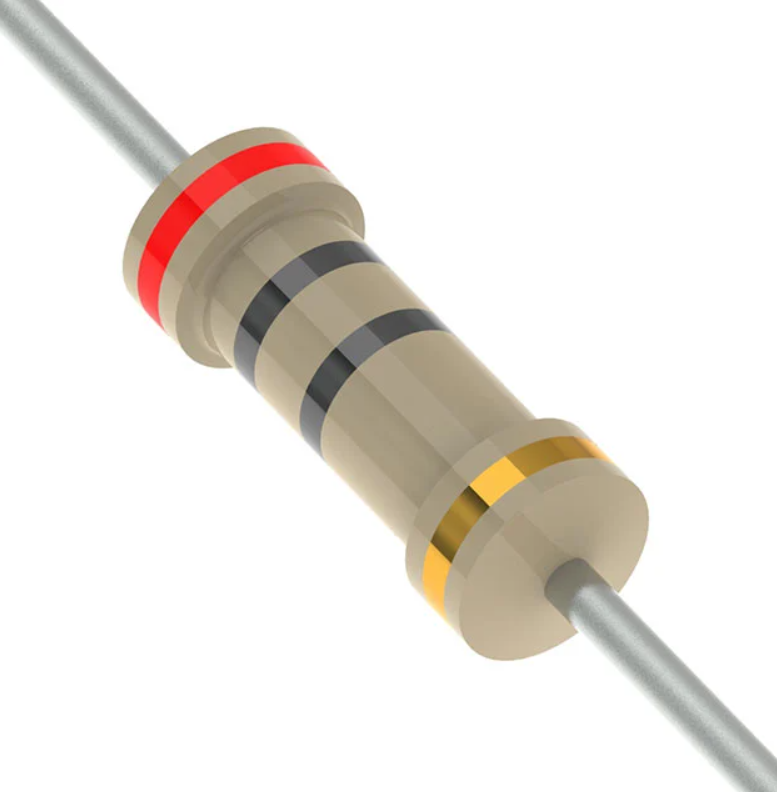
Band | Colour | Digit | Meaning |
First-Band | Red | 2 | First-digit |
Second-Band | Black | 0 | Second-digit |
Third-Band | Black | x1 | Multiplier |
Fourth-Band | Gold | ±5% | Tolerance |
The first-band is Red, which represents the first-digit of the resistance value, which is 2. The second-band is Black, representing the second-digit, which is 0. The third-band is Black, indicating the multiplier, which is x1 (no multiplication factor). The fourth-band is Gold, which represents the tolerance, indicating a tolerance of ±5%.
So, the 4-band colour codes for a 20 ohm resistor is: Red, Black, Black, Gold. This means the value 20 ohms, with a tolerance of ±5%. The gold band signifies that the actual resistance can vary by up to 5% from the nominal value (either higher or lower).
5 Band Resistor Colour Code
Band | Color | Digit | Meaning |
First-Band | Red | 2 | First digit |
Second-Band | Black | 0 | Second-digit |
Third-Band | Black | 0 | Third-digit |
Fourth-Band | Gold | x0.1 | Multiplier |
Fifth-Band | Brown | ±1% | Tolerance |
The Red corresponds to 2.
The Black corresponds to 0.
The Third-Band also corresponds to 0. Then gives 2 0 0.
The Gold band indicates a multiplication factor of 0.1.
The Brown indicates a tolerance of ±1%.
Thus, the resistance value is 20 ohms (2, 0, 0, x0.1) multiplied by 0.1, resulting in 20Ω with a ±1% tolerance.
Common Applications of 20 Ohm Resistors
The 20 Ω has a wide range of applications in different fields, including:
Power Supply Circuits: They limit the amount of current passing through the circuit to prevent damage to other components.
Audio Equipment: In amplifiers, equalizers, and audio filters, help fine-tune the circuit and maintain signal integrity.
LED Circuits: To limit the current flowing through LEDs, ensuring they do not burn out.
Voltage Dividers: In voltage divider circuits, help achieve specific voltage values across a range of components.
Filtering: In audio, signal processing, and power applications, these resistors help filter out unwanted frequencies.
In most cases, the 20 ohm is part of a larger circuit design, playing a role in controlling the flow of electricity and protecting more sensitive components.
20 Ohm Variable Resistor
A variable (or potentiometer) allows users to adjust the resistance in a circuit. In the case of a 20 Ω variable resistor, it provides the flexibility to change the current passing through the circuit, making it useful for applications such as:
Volume Control in Audio Circuits: Use in speakers, amplifiers, and other audio systems to adjust sound levels.
Adjustable Voltage Dividers: In circuits that require precise voltage regulation, such as in sensors or programmable devices.
Tuning Circuits: In RF (radio frequency) applications, variable resistors allow for fine adjustments to match desired resonance frequencies.
Can use variable type in place of multiple fixed resistors, providing the convenience of adjustability for applications where need precise control.
Frequently Asked Questions [FAQ] About 20 Ohms Resistor
What is the color code for a 20 ohm resistor?
For a 20 ohms using a 4-band colour codes, the colors are Red (2), Black (0), Black (x1 multiplier), Gold (±5% tolerance). In the 5-band, it’s Red (2), Black (0), Black (0), Gold (x0.1 multiplier), Brown (±1% tolerance). The 4-band version represents 20 ohm with ±5% tolerance, while the 5-band multiplies the three digits 200 by 0.1, resulting in 20-ohms with 0.1x factor and ±1% tolerance.
What does 20 ohms mean?
20-ohm refers to the resistance value of a resistor, indicating how much it resists the flow of electric current. The value of 20Ω will resist the flow of current in the circuit, with higher resistance meaning less current can pass for a given voltage. It is a measure of opposition to current and is useful in controlling current flow, ensuring that other components in a circuit protect from excess current.
When two 20 ohm resistors are connected in parallel?
When two 20Ω connect in parallel, the total resistance decreases. The resulting resistance is half of the original value, meaning the combined resistances of two 20 Ω resistors in parallel is 10 ohms. This is because the parallel connection allows current to flow through multiple paths, reducing the overall opposition to current flow in the circuit.
Where to Buy 20 ohm resistor and Price?
Can purchase from Orwintech Electronics. Prices typically range from US$0.005 to $0.10 per unit, depending on the resistors type (carbon film, metal film, etc.), package type (through-hole or SMD), and power rating. Bulk purchases or higher power ratings will increase the price, but buying in larger quantities can lower the unit cost.
What is the voltage drop across the 20 ohm resistor?
The voltage drop across it depends on the amount of current flowing through it. For example, if a certain amount of current is flowing, the voltage drop can calculate by considering the resistor’s resistance value. Essentially, the voltage drop represents the energy lost as the current flows through the resistor, which helps in controlling how much energy reaches other components in the circuit.
How to calculate the current across the 20 ohm resistor?
To calculate the current, you need to know the voltage applied across it. By dividing the voltage by the resistance, you can determine the amount of current that will flow through the resistor. The current is directly-proportional to the voltage and inversely-proportional to the resistance. So, a higher voltage or lower resistance will result in more current, while a lower-voltage or higher-resistance will result in less-current.
What is the purpose of a variable resistor?
A variable resistor, also known as a potentiometer, allows for adjustable resistance within a circuit. Use to control the current flow by changing the resistance value, making it ideal for applications where need fine adjustments. For example, variable resistors often use for volume control in audio systems, tuning circuits in radios, and feedback mechanisms in various control systems, offering flexible control over the circuit's behavior.
What is the difference between a resistor and a variable resistor?
A resistor has a fixed resistance value and limits or controls the current flow in a circuit. Use to set a constant resistance to achieve a specific circuit behavior. A variable resistor, on the other hand, has an adjustable resistance value that can change by turning a knob or dial. This adjustability makes it suitable for applications that require fine control of current flow, such as volume control or tuning in circuits. While a resistor is static, variable resistors can change as needed.
Conclusion
The 20 ohm resistor plays an role in controlling current flow within circuits, providing precise resistance to regulate voltage and prevent excess current that can damage sensitive components. Whether use in low-power applications or high-power systems, understanding the different types, color codes, power ratings, and applications of 20 ohms ensures optimal circuit design and performance. Whether you're using them in signal processing, power control, or even in combination with other resistors, the 20-ohm remains a reliable component in both simple and complex electronic circuits. By choosing the right type and power rating, you can guarantee safety, efficiency, and longevity for your devices.
Read More:
1. Guide to The 150 Ohm Resistor and Color Code
HOT NEWS
The 0402 Resistor: A Comprehensive Guide
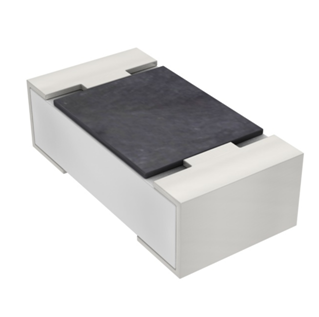
0402 Resistor
2025-05-06
Understanding A 0603 Resistor
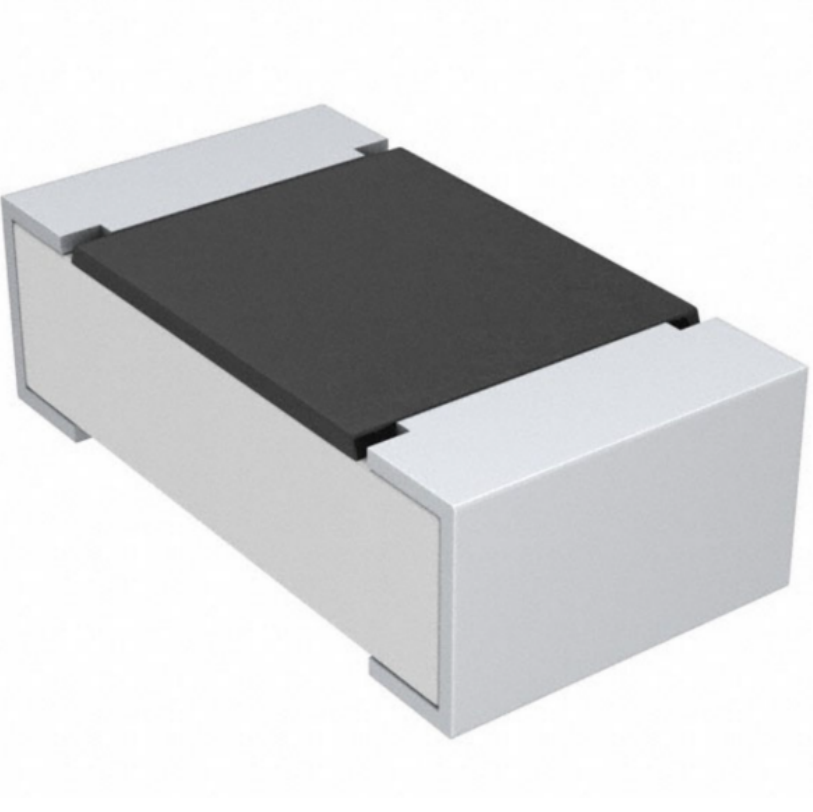
0603 resistor,dimensions,marking code, values
2025-05-29
What is 10k Ohm Resistor?

10k resistor 10k resistor color code
2025-05-14
Everything You Need To Know About ARE1309 Relay

2025-04-23
What Is A 1206 Resistor?
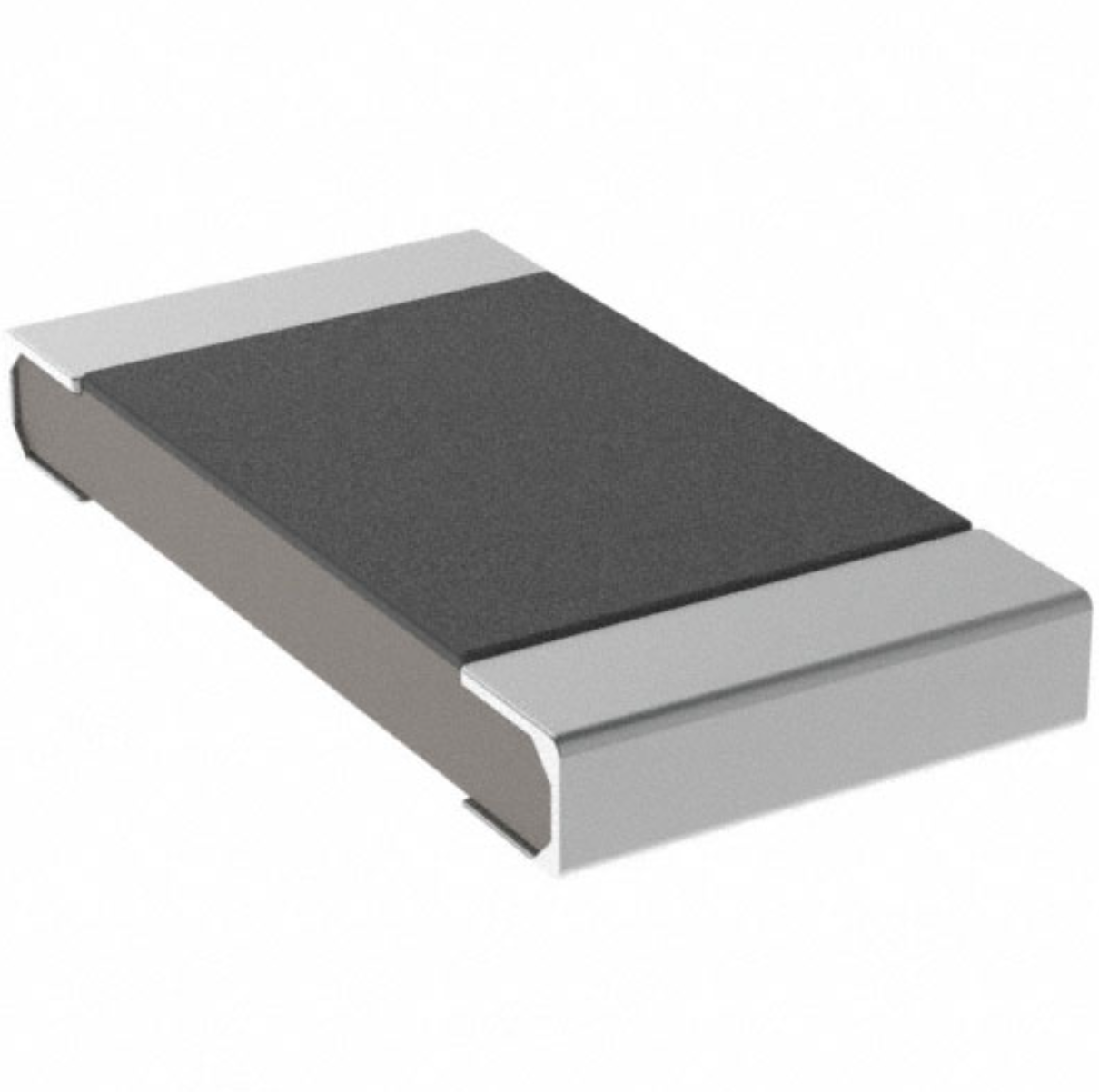
1206 resistor dimensions,footprint,value
2025-06-05
120 Ohm Resistor- Specifications, Applications, and Features
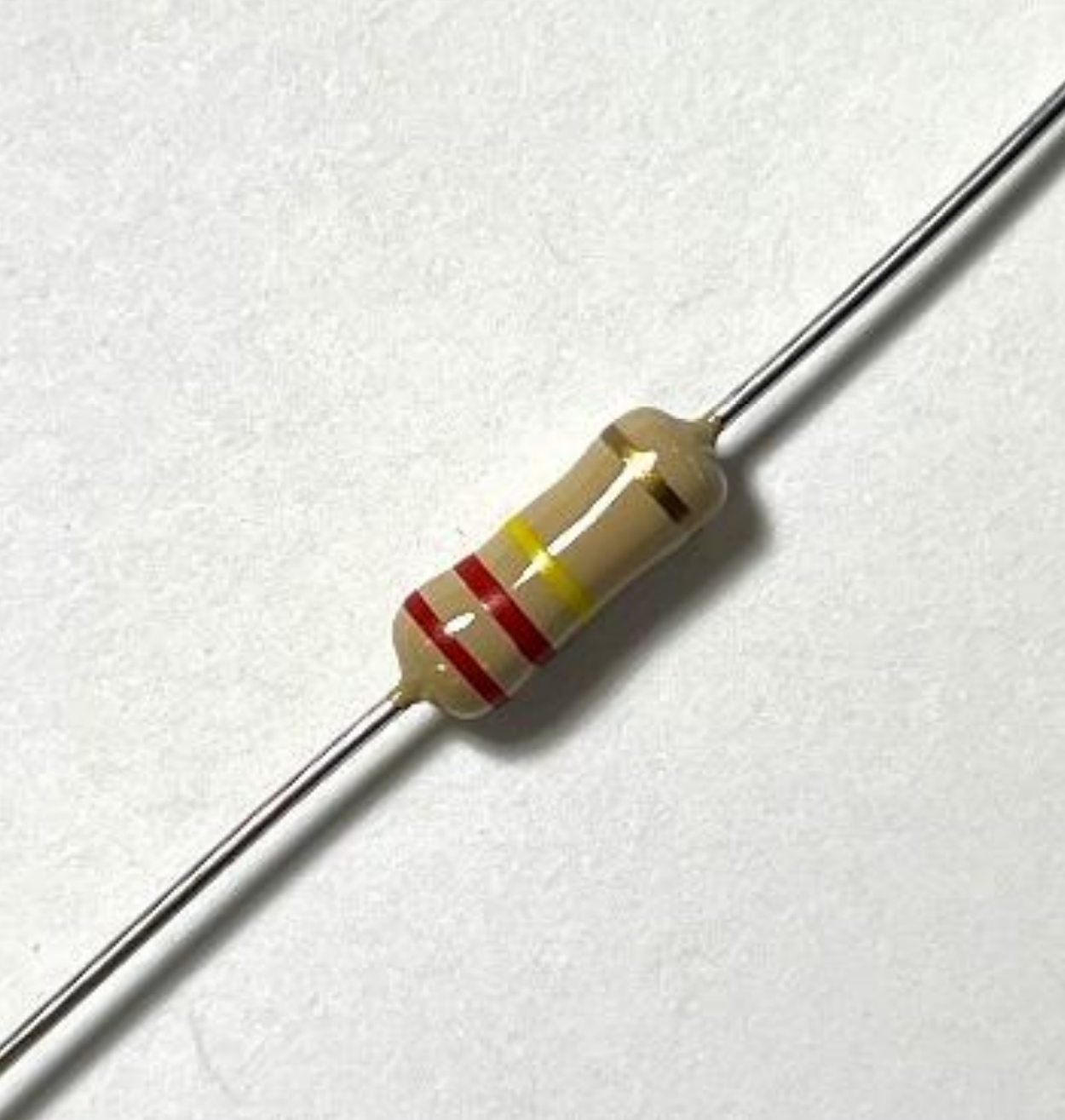
2025-05-12
What Is The 1K Ohm Resistor?
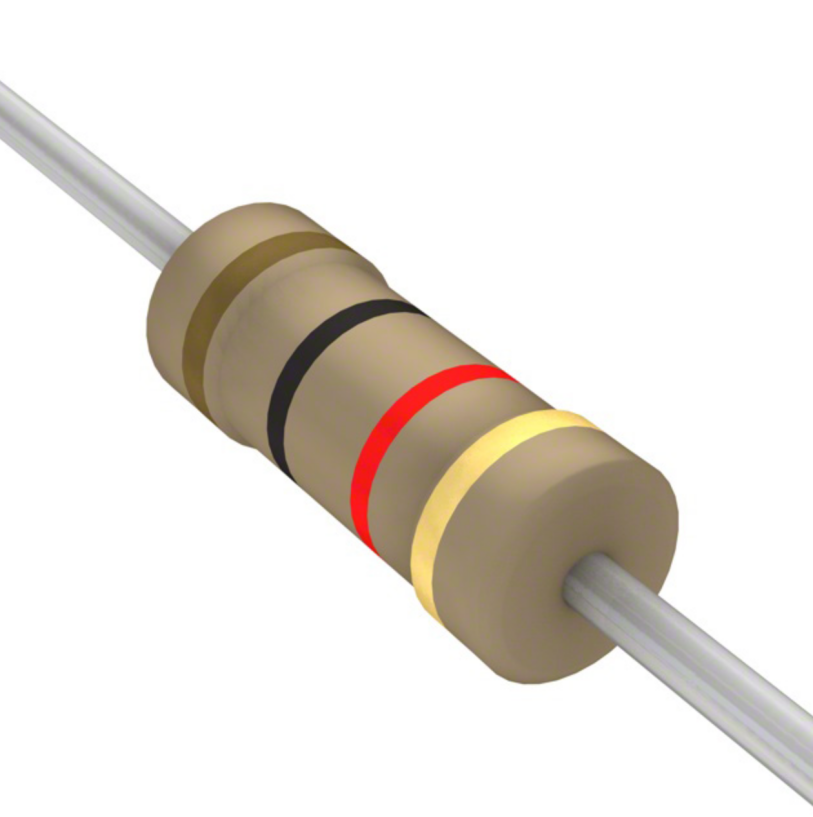
1k ohm resistor and color code
2025-05-21
What is 100 Ohm Resistor And Color Code?
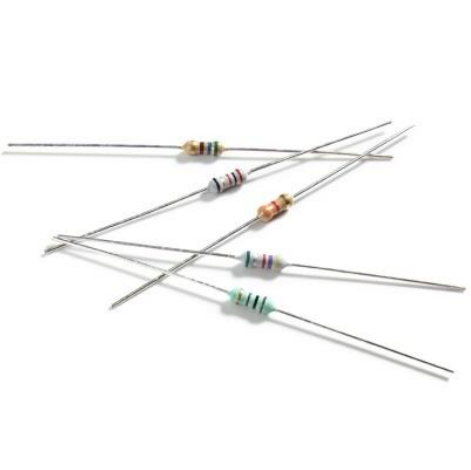
100 ohm resistor color code
2025-05-17
What Is The 0805 Resistor?
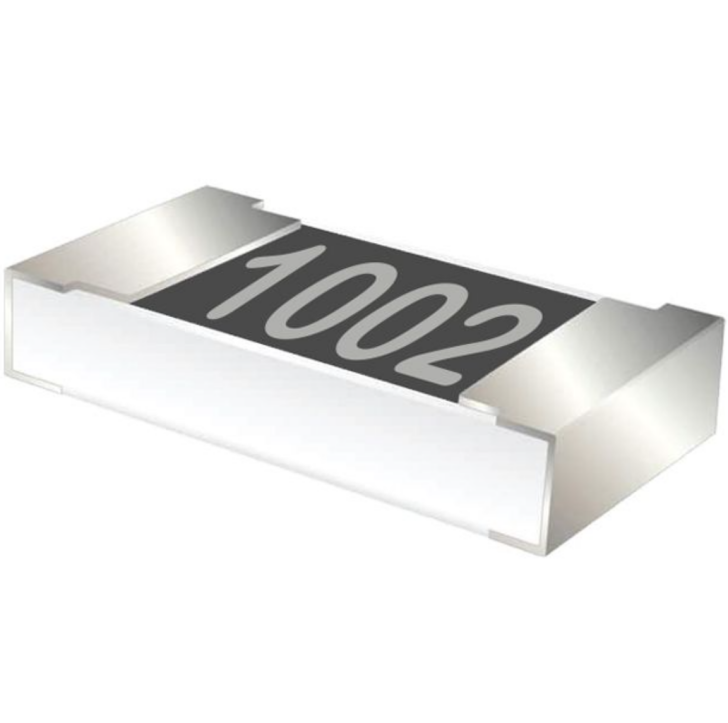
0805 Resistor, dimensions, value, tolerance, footprint
2025-05-31
What Is A 0201 Resistor?
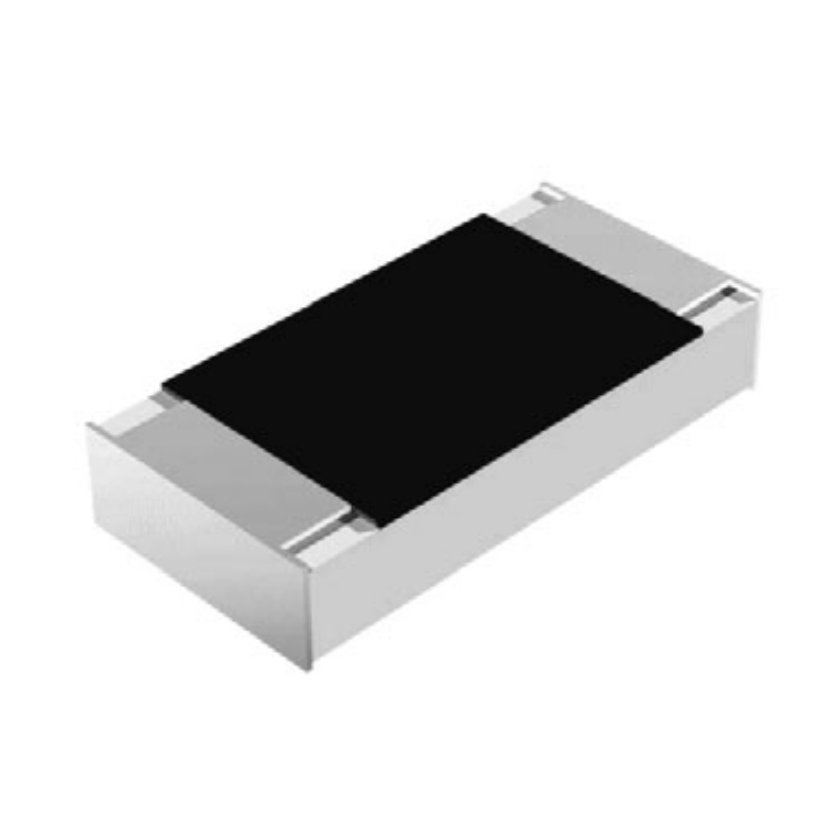
0201 Resistor dimensions, footprint,values
2025-05-24











 Product Catalog
Product Catalog





